Chiari Malformation
Grand Rounds
When is Surgery Necessary?

When Jennifer Riese took her then 13-year-old son Parker to the pediatrician in February 2021, they expected the usual well-child visit: height and weight check, questions about sleeping and eating, a vaccination or two. But when the doctor saw low muscle tone in Parker’s legs and considered his fatigue and floppy gait, she referred him to a neurologist who ordered an MRI.
She wasn’t worried. “Why would I panic if I didn’t know what to panic about?” says Riese, an elementary school educator and mother of three from Acworth, Ga. “I trusted they would help us get to the bottom of this.”
Then she learned her son had Chiari malformation, a congenital structural abnormality affecting about 1 in 1,000 people. Parker’s skull was too small for his growing brain, and his compressed brainstem and cranial nerves were causing his fatigue, while a buildup of spinal fluid made a cyst (known as a syrinx) form in Parker’s spinal cord, which was affecting his gait. Now, Riese worried.
She joined a Facebook group for Chiari families and consulted a handful of pediatric neurosurgeons. Parker’s case was complicated, and she and her husband Michael had so many questions. Should Parker have surgery? And if so, should they schedule it now or wait to see if Parker’s pain and difficulty walking got worse? If they waited, could that put Parker at risk of paralysis if his condition worsened quickly? The parents she met online were supportive, but the neurosurgeons they talked to left them feeling unsure about how to proceed.
Then the Facebook group led the family to Dr. Jeffrey Greenfield (M.D. ’02), director of the Chiari CARE program in the Department of Neurological Surgery at Weill Cornell Medicine. Dr. Greenfield, an associate professor of neurological surgery, has treated thousands of patients with Chiari malformation in the last 13 years, many who’ve found him through social media. Only a quarter of those patients have required surgery — others might opt for pain management while remaining monitored for symptoms.
“Chiari is a niche that found me, and I love it,” Dr. Greenfield says. “It’s a mix between primary care and neurosurgery — you’re making decisions about improving someone’s quality of life, and the relationship with patients and families is paramount.”
Ten minutes into their first appointment in October 2021, the Rieses knew they had found the right person to treat Parker. “Dr. Greenfield’s passion for Chiari, his empathy for us as parents, and his treatment of Parker as if he was his only patient was what we were praying for,” Riese says. Together they discussed Parker’s case and decided to wait six to 12 months to get more images of Parker’s brain before scheduling surgery. When his condition declined four months after their first meeting, they decided it was time for Dr. Greenfield to perform surgery to alleviate the compression of Parker’s brain and restore the flow of cerebral spinal fluid.
Parker had one request when Dr. Greenfield saw him at NewYork-Presbyterian/Weill Cornell Medical Center on the morning of surgery in February 2022. “I want to go to the premiere of The Batman on March 4,” he said. It was an ambitious goal: The film screening was just nine days away.
During the four-hour surgery, Dr. Greenfield made an incision at the back of Parker’s head and removed a small piece of skull to relieve pressure on his brain. He then removed a piece of bone at the top of the spinal column to create more space. Then he opened the dura, the tissue encasing the brain and spinal cord, and sewed a patch for the brain fluid and cerebellum to expand into. With more room, the syrinx would slowly decompress, and Parker’s symptoms would improve.
Surgery went well, and Parker’s quick recovery, with little to no pain, led the hospital medical team to rename him “Batman Superstar.” Just like he hoped, he attended the premiere, pronouncing the movie, “Really good!”
Three months later, an MRI showed his syrinx had shrunk by 50 percent and the blockage of cerebral spinal fluid was gone. Parker had more energy, the burning pain in his back was gone, and his walking improved. This past summer, he went to camp, started training for high school tennis tryouts, and turned 15. “Parker is back to himself, thanks to Dr. Greenfield,” Riese says.
Dr. Greenfield keeps metrics like MRIs and other data to measure the success of the Chiari patients he sees. However, they aren’t all he considers important. “The metric we strive hardest to hit is that patients like Parker and his family are happy and doing well and thriving — that’s the one that matters most.”
Fall 2022 Front to Back
-
From the Dean

A Message from the Dean
As an academic medical center, our tripartite mission is what drives us forward: we thrive on providing world-class care to our patients, making groundbreaking discoveries that are changing the future of medicine, and teaching the health care leaders of tomorrow. -
Features

The Search for a Cure
Weill Cornell Medicine scientists aim to liberate those living with HIV by subduing the virus for good. -
Features

Evasive Action
Could interrupting the evolutionary process of mutating cells hold the key to vanquishing cancer? Researchers led by Dr. Dan Landau are on the case. -
Features

New Frame of Mind
Psychiatrist and neuroscientist Dr. Conor Liston (M.D. ’08, Ph.D.) and his team are poised to upend the way mental health disorders are diagnosed and treated. -
Notable
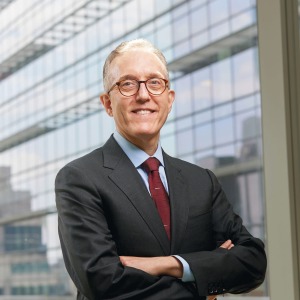
New Cancer Director
Internationally acclaimed medical oncologist Dr. Jedd Wolchok, whose innovations in immunotherapy revolutionized melanoma treatment, was recently recruited as the Meyer Director of the Sandra and Edward Meyer Cancer Center at Weill Cornell Medicine. -
Notable

3 Questions
Dr. Jay Varma, director of the new Center for Pandemic Prevention and Response, explains why an interdisciplinary approach is critical. -
Notable

Overheard
Weill Cornell Medicine faculty members are leading the conversation about important health issues across the country and around the world. -
Notable

Notable News Briefs
Faculty appointments, honors, awards and more — from around campus and beyond. -
Notable

Dateline
In the global scientific effort to understand vaccine and natural immunity to SARS-CoV-2, Weill Cornell Medicine’s location in Qatar, a country of only a few million people, has been making an outsized contribution. -
Grand Rounds

Chiari Malformation
When is Surgery Necessary? -
Grand Rounds

3 Questions
Dr. Susan Loeb-Zeitlin, who worked with a multidisciplinary team to launch the new Women’s Midlife Program, shares insights about making menopause manageable. -
Grand Rounds
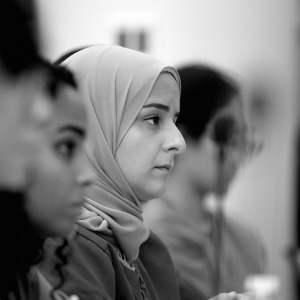
Social Impediments to Health
The murder of George Floyd and the resulting national reckoning on race, along with the disproportionate impact of COVID-19 on communities of color, galvanized creation of the Anti-Racism Curriculum Committee at Weill Cornell Medicine. -
Grand Rounds

Grand Rounds News Briefs
The latest on teaching, learning and patient-centered care. -
Discovery

COVID-19 and Diabetes
Basic science and clinical investigations converge to offer answers. -
Discovery

Development of Schizophrenia
Multiple changes in brain cells during the first month of embryonic development may contribute to schizophrenia later in life. -
Discovery

Findings
The latest advances in faculty research, published in the world’s leading journals. -
Alumni
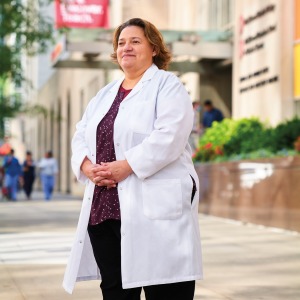
Profiles
From taking the lead in newborn medicine to forging critical connections to move research from the bench to the bedside, our alumni are making an impact. -
Alumni

Notes
What’s new with you?
Keep your classmates up to date on all your latest achievements with an Alumni Note. -
Alumni

In Memoriam
Marking the passing of our faculty and alumni. -
Alumni

Moments
Marking celebratory events in the lives of our students, including Match Day, the White Coat Ceremony and Graduation. -
Second Opinion
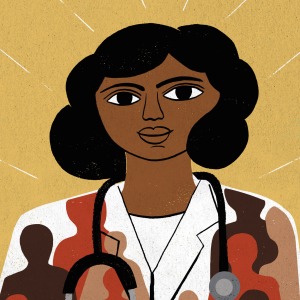
A New Lens
What’s one way that medical education must change to better address health inequities? -
Exchange

Pivot Points
Two women leaders at Weill Cornell Medicine whose professional paths have connected discuss the power of mentorship — for themselves and other women in academic medicine. -
Muse
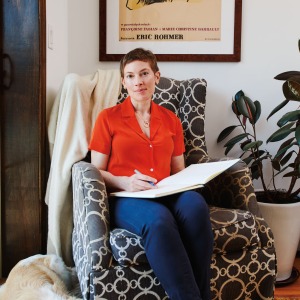
Two Forms of Truth
Dr. Laura Kolbe, whose poetry has garnered notable honors, talks candidly about how her writing helps her build a bridge to her work as a clinician. -
Spotlight

Building Connections
Dr. Kathleen Foley (M.D. ’69) has been bringing people together throughout her expansive career as a specialist in pain management and palliative care for cancer patients.